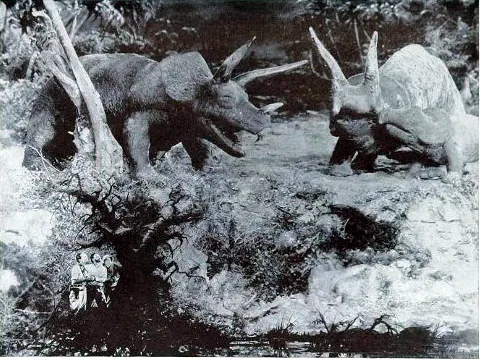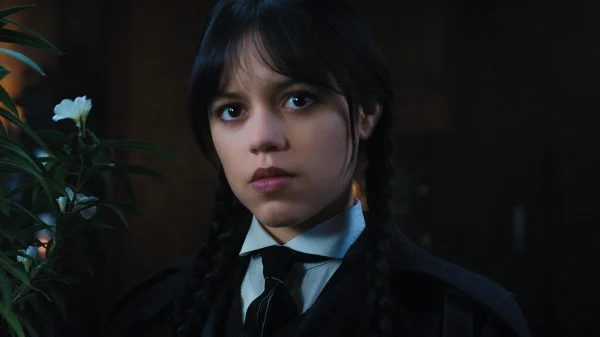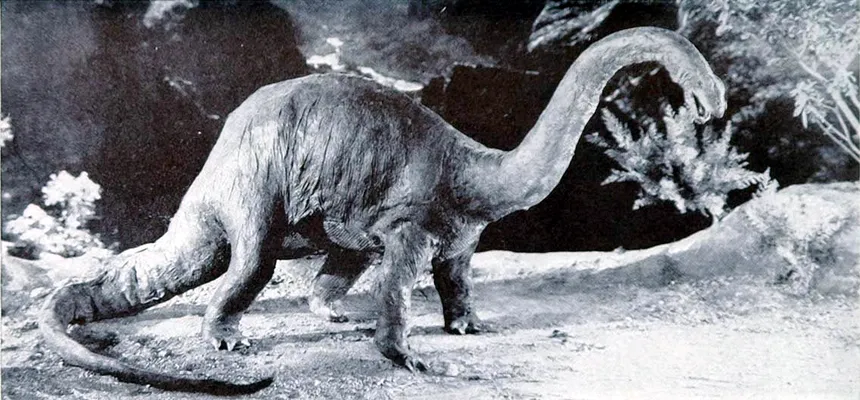The concept of in-flight entertainment has undergone significant changes over the years, from its humble beginnings to the current trend of personal devices. The first feature-length in-flight movie, “The Lost World”, premiered in 1925, followed by the debut of “Howdy Chicago!” on an Aeromarine Airways flight in 1921, which holds the distinction of being the first film to be shown on a flight. The historic stop-motion animation brought prehistoric creatures to life, making it a classic tale of adventure and exploration.
In 1925, “The Lost World” was screened on an Imperial Airways flight from London to Paris, where it was accompanied by music played by a live Berlin Philharmonic orchestra which was transmitted to the plane via radio. This groundbreaking event marked the beginning of a new era in in-flight entertainment. Over the years, in-flight entertainment evolved with the introduction of lightweight projectors in the 1960s and the widespread adoption of seatback screens in the 1980s.

A Still From The Lost World 1925 (Via IMDB)
However, with the rise of personal devices, the in-flight entertainment terrain has changed dramatically. Many airlines now provide a more limited selection of movies and TV shows accessed through personal devices. Major U.S. airlines such as American Airlines, United Airlines, and Alaska Air have removed in-seat screens from their aircraft, likely paving the way for other airlines to follow suit. The evolution of in-flight entertainment has been a long and winding road, with its early beginnings marked by live orchestras and converted military planes.
Despite the decline of traditional in-flight entertainment, there is still a place for films like “The Lost World” on airlines. With its rich history and groundbreaking special effects, this classic film remains a must-watch for dinosaur enthusiasts. And while the concept of in-flight entertainment may be evolving, its ability to charm and entertain passengers remains unchanged.
























